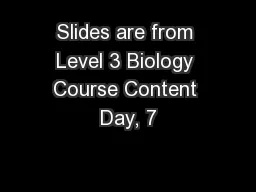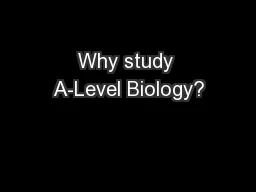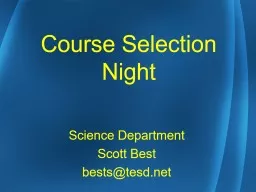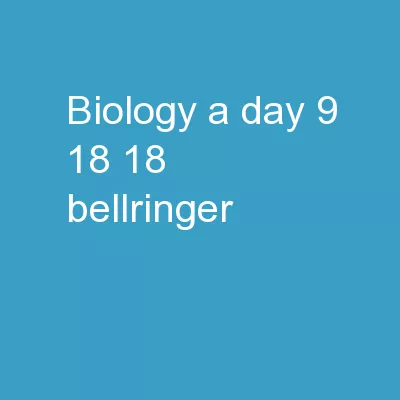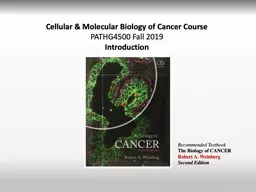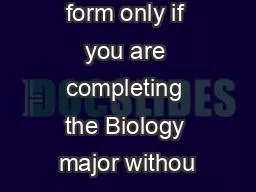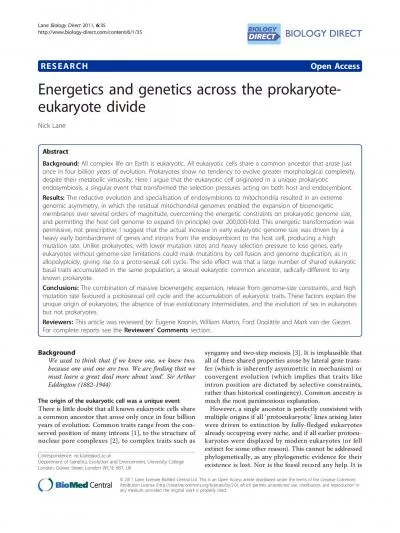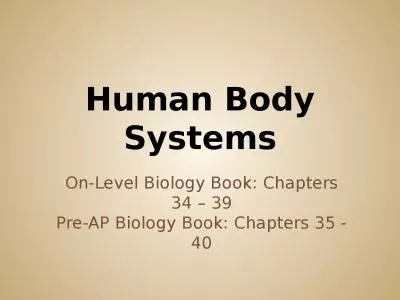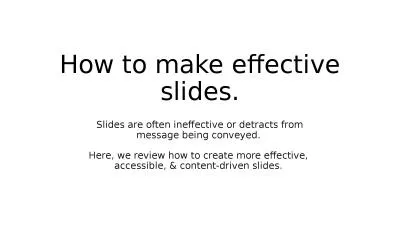PPT-Slides are from Level 3 Biology Course Content Day, 7
Author : tawny-fly | Published Date : 2015-09-22
th November 2012 Presenter Teresa Holm Teachers are free to use these for teaching purposes with appropriate acknowledgement Blood Pressure Ways of looking at blood
Presentation Embed Code
Download Presentation
Download Presentation The PPT/PDF document "Slides are from Level 3 Biology Course C..." is the property of its rightful owner. Permission is granted to download and print the materials on this website for personal, non-commercial use only, and to display it on your personal computer provided you do not modify the materials and that you retain all copyright notices contained in the materials. By downloading content from our website, you accept the terms of this agreement.
Slides are from Level 3 Biology Course Content Day, 7: Transcript
Download Rules Of Document
"Slides are from Level 3 Biology Course Content Day, 7"The content belongs to its owner. You may download and print it for personal use, without modification, and keep all copyright notices. By downloading, you agree to these terms.
Related Documents

